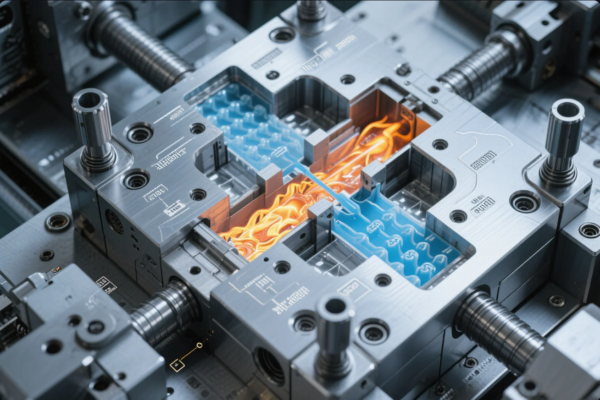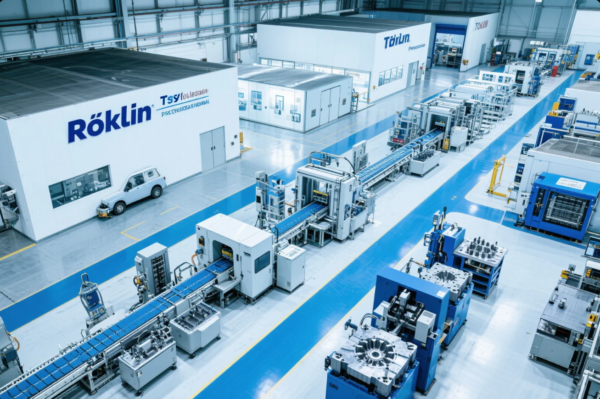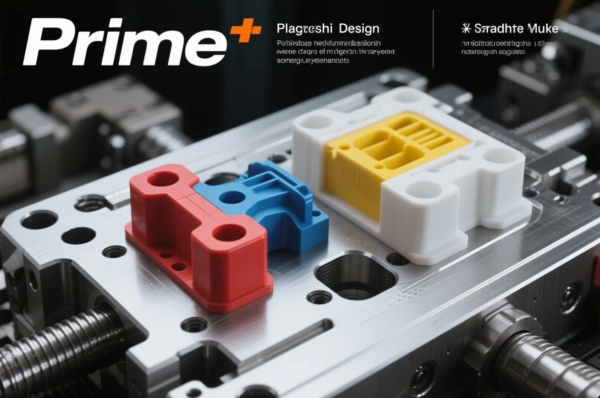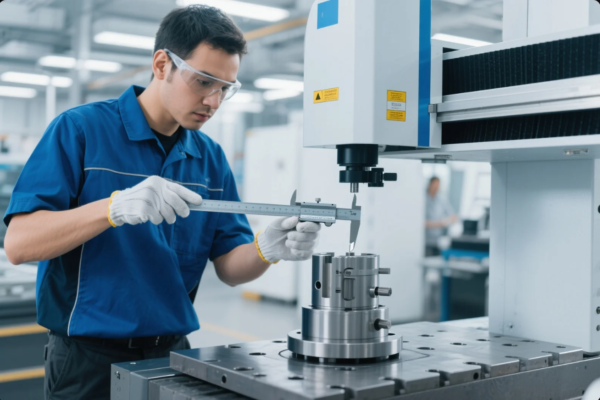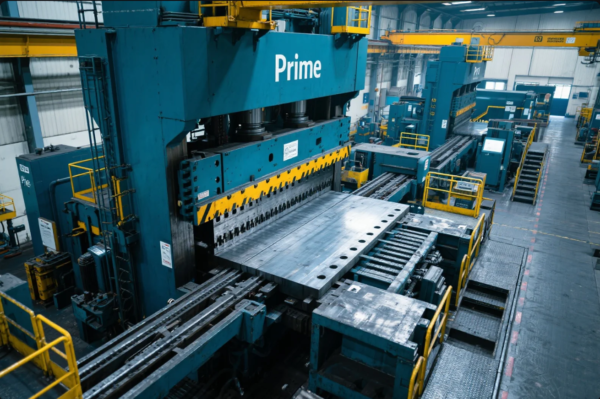Cost Optimization of Metal Forging Parts: How to Balance Quality and Budget?
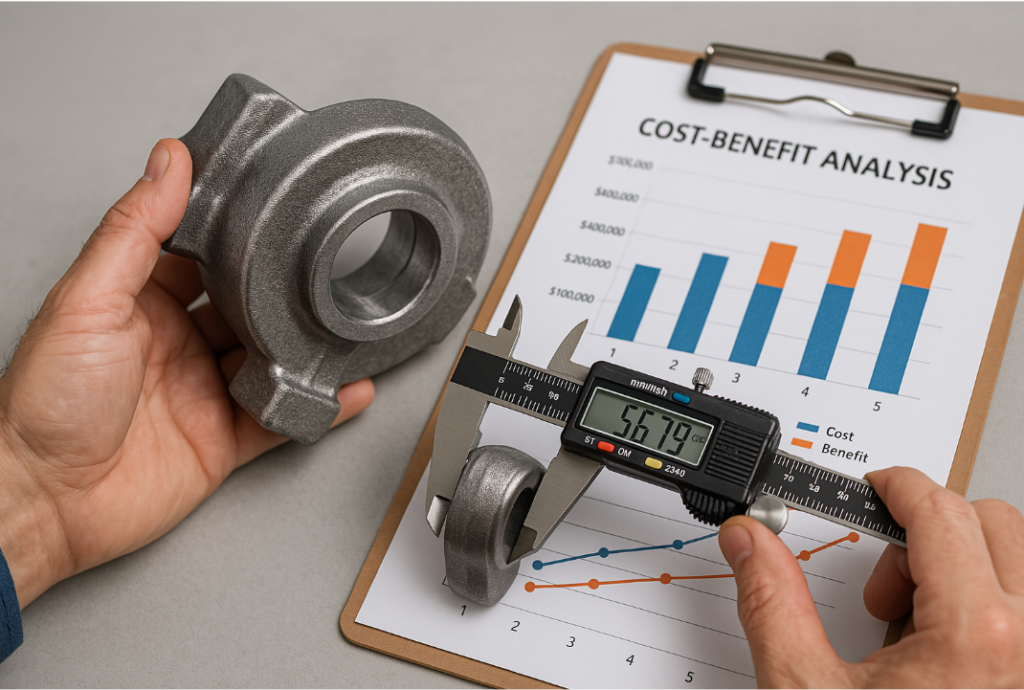
Manufacturers constantly face the trade-off between quality and cost in metal forging—too much cost-cutting risks part failures, while over-engineering wastes budget. So, how can buyers reduce expenses without compromising durability?
Optimizing forging costs requires strategic material selection, design for manufacturability (DFM), efficient heat treatment, and smart supplier negotiations—balancing toughness, tolerances, and budget by at least 15-30% without sacrificing performance.
At Prime Manufacturing, we’ve helped 500+ clients cut costs through precision forging, lean production, and intelligent sourcing. Below, we break down proven strategies to slash expenses while maintaining reliability.
1. How Does Material Choice Impact Forging Costs?
Affordable vs. Premium Materials: When to Splurge?
| Material | Cost per kg (Approx.) | Best Use Cases | Cost-Saving Alternative |
|---|---|---|---|
| Titanium (Grade 5) | $25-$50 | Aerospace, medical | High-strength stainless steel |
| Alloy Steel (4340) | $3-$7 | Gears, crankshafts | Medium-carbon steel (1045) |
| Stainless 316 | $6-$12 | Marine, chemical | Coated carbon steel (if low-corrosion) |
| Aluminum 7075 | $8-$15 | Aircraft parts | 6061 Al (for non-critical parts) |
✅ Smart Trade-Off: If your part doesn’t need extreme strength, switching from 4340 alloy steel to 1045 carbon steel can cut material costs by 40% while still meeting industrial demands.
2. Can Design Changes Reduce Forging Expenses?
Design for Manufacturability (DFM) Tricks to Cut Costs
- Simplified Geometries – Fewer undercuts & complex curves = lower die costs
- Standardized Tolerances – Avoid ultra-tight specs (+/- 0.05mm) unless necessary
- Minimize Machining – Optimize forging process to reduce post-processing
🔹 Case Study:
A hydraulic valve manufacturer removed unnecessary ribs from their forged design, reducing die wear and trimming waste—saving $5.60 per part at 50,000-unit orders.
3. How to Optimize Heat Treatment Costs?
Heat Treatment Cost Comparison
| Process | Typical Cost Increase | When to Use |
|---|---|---|
| Annealing | +5% | Improves machinability for complex parts |
| Quench & Temper | +15% | Critical for high-stress components (e.g., axles) |
| Case Hardening | +20% | Wear-resistant surfaces (e.g., gears) |
✅ Pro Tip: For non-load-bearing parts, skip quenching and rely on as-forged strength, saving $0.80-$1.20 per kg.
4. Does Batch Size Affect Forging Economics?
| Order Quantity | Cost per Part | Reason |
|---|---|---|
| 1–100 pcs | Highest | Custom setup & tooling costs |
| 500–5,000 pcs | 30% cheaper | Amortized die costs |
| 10,000+ pcs | 50% cheaper | Bulk material discounts + automated forging |
🔹 Real-World Example: A construction firm consolidated 5 small orders into one bulk production run, saving $22,000 annually in setup fees.
5. How Does Supplier Selection Impact Cost Efficiency?
Key Cost Factors When Choosing a Forging Partner
✔ In-House Tooling (reduces outsourcing markups)
✔ ISO-Certified Processes (avoids costly defects & reworks)
✔ Bulk Material Sourcing (negotiated discounts passed to clients)
⚠ Red Flag Alert: If a supplier refuses material certifications, hidden quality risks may lead to expensive recalls.
Conclusion
Smart cost optimization involves strategic material swaps, DFM improvements, batch sizing, and supplier partnerships—not just cheap shortcuts. At Prime Manufacturing, our 30+ years of forging expertise ensures high-quality parts at competitive prices, backed by full traceability and ISO certifications. Need a cost-reduction analysis? 📩 Contact us for a free DFM audit today!
📌 Key Takeaways:
✔ Swap high-cost alloys if strength tolerances allow
✔ Simplify designs to cut die & machining costs
✔ Order in bulk for better unit economics
✔ Partner with ISO-certified forgers for long-term savings

